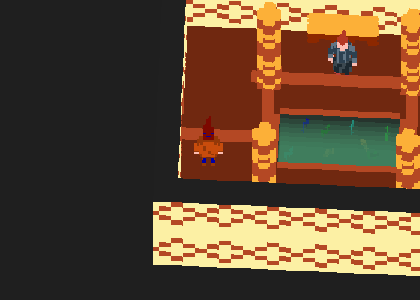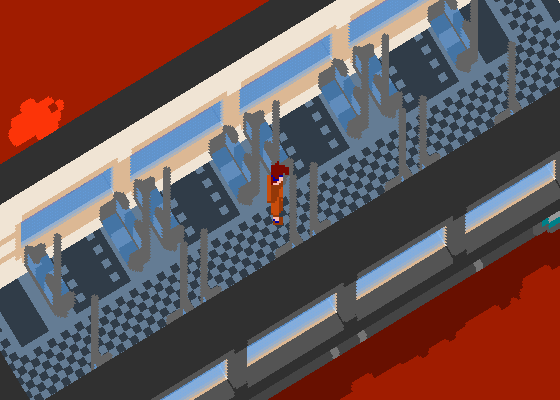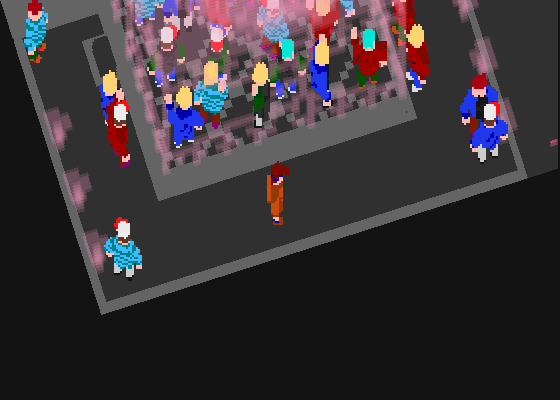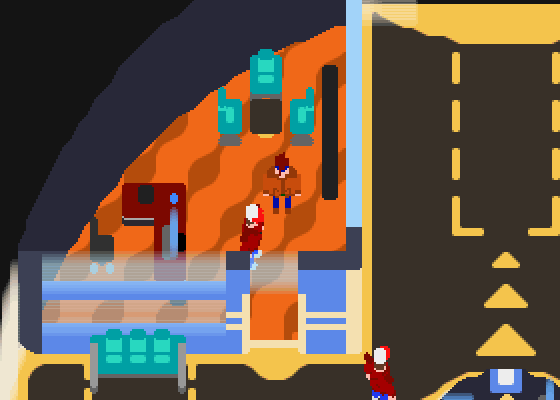R
Rebusmind
Guest
Working Title: Life on Mars
Genre: Adventure
System: PC
Status: Prototype
Synopsis: A young man living in a small colony on Mars tries to find his place in a society without a history.
Features:
What has been done so far?
What comes next?
About this devlog
I had a devlog for my last project SwapQuest and tried to post on a regular basis, but it can be really hard. The good thing is that I feel like this game project has a lot more interesting topics to talk about, like the creation of that 3D effect. So I'd like to split this devlog into two parts: articles and updates. I'm not going to say that I will definitely post every week, but that's my personal goal.
If you have questions or want to know about something specific, leave a comment, I'll reply as soon as I can.


Genre: Adventure
System: PC
Status: Prototype
Synopsis: A young man living in a small colony on Mars tries to find his place in a society without a history.
Features:
- a complete colony on Mars to explore, with dozens of characters, places and activities
- a story-driven experiences that tries to explore what it would be like to live on Mars, knowing Earth only from school books, while also telling a gripping story
- a pseudo-voxel style that looks 3D, but is completely 2D
What has been done so far?
- a first prototype is in an advanced state. You can move through the locations, interact with some objects and rotate the camera
- the direction of the story has been found, now I'm collecting ideas for events and characters
- the direction for the music is also set and there even exists quite a few tracks already (if they actually get used needs to be seen, though)
What comes next?
- I want to keep experimenting with the prototype and build every key gameplay element. These are still not decided, so I hope having something playable will shape what the game might play like in the end
- I need to get better at voxeling (or find somebody who is)
About this devlog
I had a devlog for my last project SwapQuest and tried to post on a regular basis, but it can be really hard. The good thing is that I feel like this game project has a lot more interesting topics to talk about, like the creation of that 3D effect. So I'd like to split this devlog into two parts: articles and updates. I'm not going to say that I will definitely post every week, but that's my personal goal.
If you have questions or want to know about something specific, leave a comment, I'll reply as soon as I can.





























